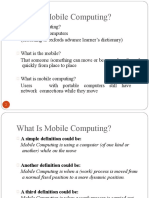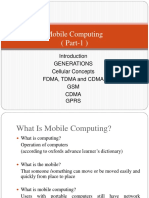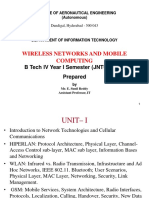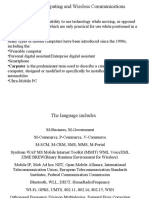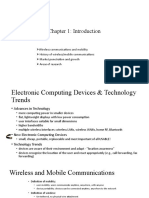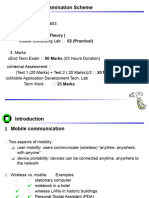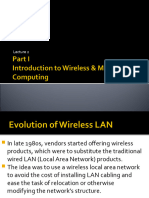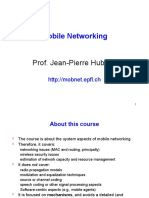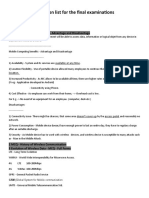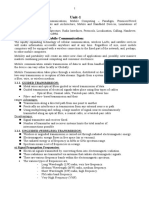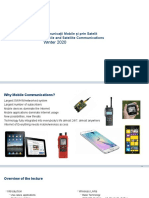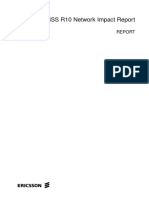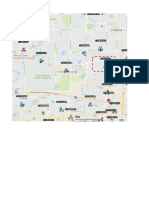0% found this document useful (0 votes)
39 views130 pagesIntroduction Lecture On MC
Mobile computing refers to the use of portable computing devices that maintain network connectivity while on the move, enabling users to access information anytime and anywhere. It encompasses various wireless devices and technologies, highlighting the differences between wired and mobile networks, as well as the challenges and future advancements in the field. The document also discusses the evolution of mobile generations from 1G to 5G, outlining their features, capabilities, and applications.
Uploaded by
Nehal SrivastavaCopyright
© © All Rights Reserved
We take content rights seriously. If you suspect this is your content, claim it here.
Available Formats
Download as PDF, TXT or read online on Scribd
0% found this document useful (0 votes)
39 views130 pagesIntroduction Lecture On MC
Mobile computing refers to the use of portable computing devices that maintain network connectivity while on the move, enabling users to access information anytime and anywhere. It encompasses various wireless devices and technologies, highlighting the differences between wired and mobile networks, as well as the challenges and future advancements in the field. The document also discusses the evolution of mobile generations from 1G to 5G, outlining their features, capabilities, and applications.
Uploaded by
Nehal SrivastavaCopyright
© © All Rights Reserved
We take content rights seriously. If you suspect this is your content, claim it here.
Available Formats
Download as PDF, TXT or read online on Scribd
/ 130
